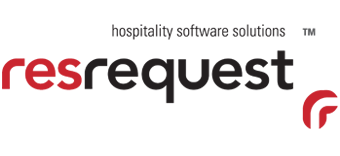Home → Wiki → Financial Code Tables → Rate Components
11.7. Rate Components
Are you using your Rate Components to simplify your back-of-house accounting?
Do you know that you can easily report on profit (and cost to company), if you've set up your rates thoroughly. If you aren't sure, perhaps you should speak to one of our Consultants to make sure you're getting as much as you can out of your Rates?
Rate Components
Rate components are used as building blocks in defining rates. Each rate must contain at least 1 component. It may be desirable to use multiple components in a rate definition in any of the following circumstances:
- Differing tax applicability (e.g. Accommodation is subject to VAT, but Catering associated with the nightly rate is not).
- Differing commission applicability (e.g. Accommodation is subject to Commission, but a supplement charged over Christmas is not).
- Differing requirements for displaying detail on reservation documents (e.g. You want to show that x amount of the rate goes to a conservation project).
- A requirement to report on rate breakdowns. (e.g. Finance needs to be able to report on how much income is for accommodation and how much for park fees; or they want to report on profit margings so the cost of a bednight should be built into the components).
|
Field |
Description |
|
Description |
The name of the rate component |
|
Abbrv. |
An abbreviation used in some screens and reports. |
|
Separate on Invoice |
Separate flag. Yes = show this component separately. |
|
Separate on Proforma |
Separate flag. Yes = show this component separately. |
|
Inactive |
Flag indicating whether the component is currently in use. |
Optional Components
Components which are not "Optional" are automatically included in the rate breakdown. You cannot easily exclude them. Also the amount allocated to this Component is extrapolated from the rate.
Components which are "Optional" must be consciously added to the booking so are good for components which are not always added. Also the amount allocated to this Component is added to the rate.
Default Optional Components
You can choose to have an Optional Component (i.e. which adds an amount to the rate) set as a Default, which means if you do always want to add it, you don't have to remember to add it. It is added by default and increases your pppn rate amount by the amount of the component. (e.g. if you want to add Park Fees to every bednight booked, but do not include them in your published rates it is better to add them here than as an Extra, which is easy to forget to add/amend). You have to de-select the Default Optional Components if you do not want to add them.
